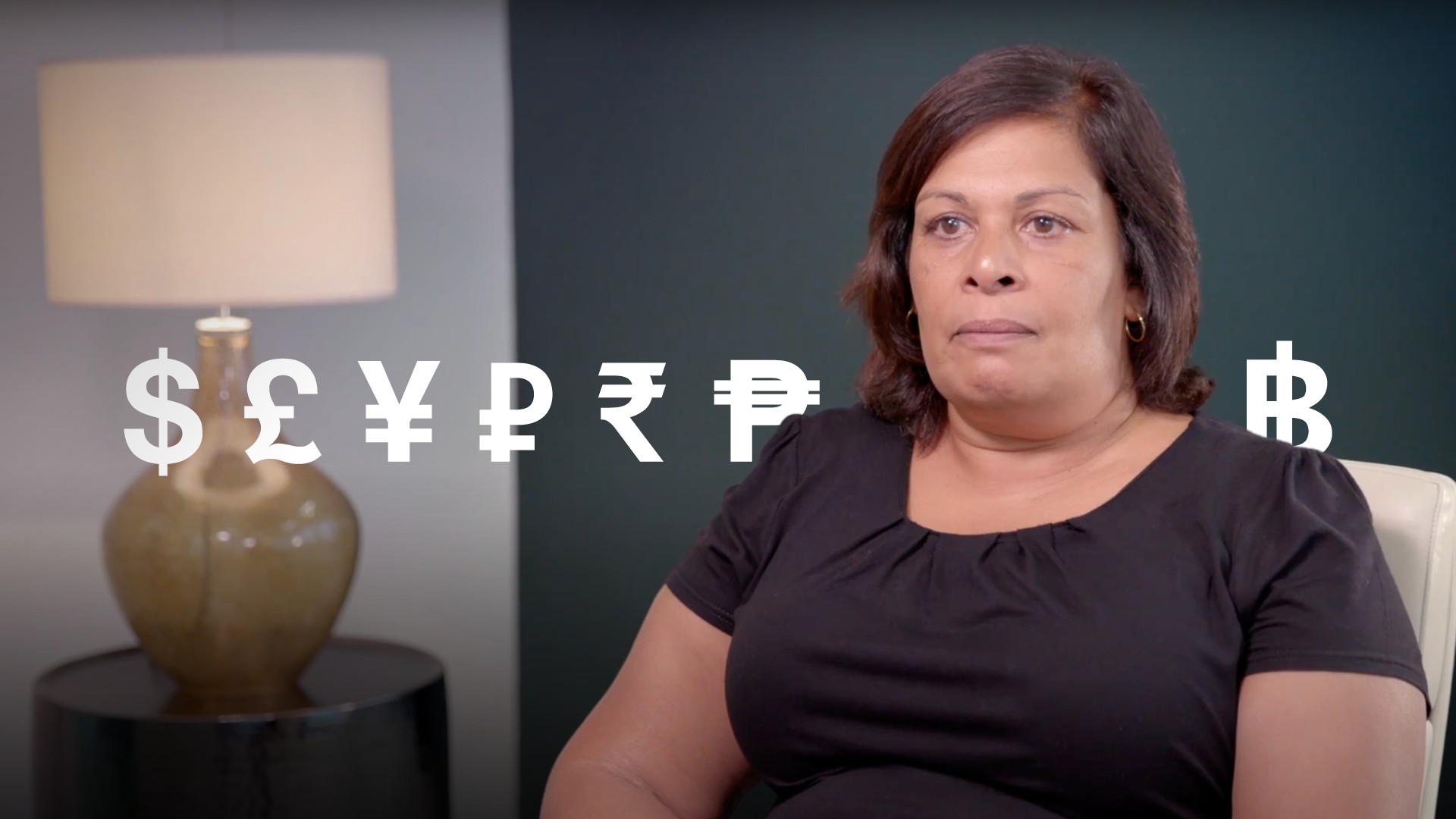
Key Concepts in International Electronic Payments

Pat Curran
25 years: Payments & banking
Pat discusses the fundamentals of international payments: payment schemes, self clearing and cross border payments.
Pat discusses the fundamentals of international payments: payment schemes, self clearing and cross border payments.
Subscribe to watch
Access this and all of the content on our platform by signing up for a 7-day free trial.

Key Concepts in International Electronic Payments
13 mins 27 secs
Key learning objectives:
Understand the need for cross border payments in today’s economy
Define payment schemes
Recognise the relationship between correspondent banks
Overview:
International payments are increasingly necessary to do business in today’s global economy. Banks use payment schemes to facilitate these payments and work with foreign banks, or correspondent banks, in order to complete these payments for their customers.
Subscribe to watch
Access this and all of the content on our platform by signing up for a 7-day free trial.
What is the relevance of cross border payments?
The provision of Cross Border Payments facilities is a critical component of the services offered by Banks. Corporate customers of all sizes, who buy and sell goods and services internationally will need to make and receive payments from all over the world in different currencies. There are two essential components of all payments: the instruction to pay and the money.
What are payment schemes?
Payments are made and received through payment schemes. In the UK for example, we have CHAPS, Faster Payments and BACS. To become a member you must adhere to requirements and regulations and be able to provide sufficient liquidity to fund the payments through the scheme.
Where Banks are members of a particular scheme (domestic or foreign), they can use that scheme to make payments, directly into the scheme. They are said to ‘Self-Clear’. The cost and responsibilities connected with scheme membership are therefore relatively onerous so Banks are careful in choosing to join only those schemes which they need to use in order to support their own or their customers' payment activity.
What are correspondent banks?
Banks want to offer their customers the ability to make payments in as many currencies as possible. However, becoming a member of many different payment schemes can be quite onerous as it would be impossible for banks to become ‘self-clearers’ for a large number of currencies. Thus, banks will therefore seek to use other banks who are domestic to the country in question and who are already members of the domestic payment scheme. Correspondent Banks will be chosen on the strength of their position in the domestic market, the number of schemes they can provide access to, the cost and quality of the payments service they can provide as well as any after care provision.
These correspondent banks communicate in a specific mode referred to as SWIFT. They have various methods through which members can communicate with each other and with payments schemes, but the most commonly used is messaging by FIN MT- Financial Message Type, a prescriptive, standardised messaging format through which banks can send and receive payment instructions and other financial messaging in a commonly understood language. Over time, this standardisation of messaging has enabled the machine reading (by computer systems) of SWIFT messages to occur enabling Banks to move from the manual processing of payments to highly efficient computerisation that enables huge volumes of high value payments to be efficiently and accurately effected.
How do banks provide money to fund payments?
Payments are made via the accounts maintained with the Correspondent Bank. When making cross border payments the accounts used are called specific names: Vostro Accounts and Nostro Accounts. A Vostro account is an account belonging to another correspondent bank held by a bank on its own books or accounting platform, most usually in its own domestic currency. A Nostro account is an account in a bank’s own name held on another bank’s books or accounting platform.
Subscribe to watch
Access this and all of the content on our platform by signing up for a 7-day free trial.

Pat Curran
There are no available Videos from "Pat Curran"



























